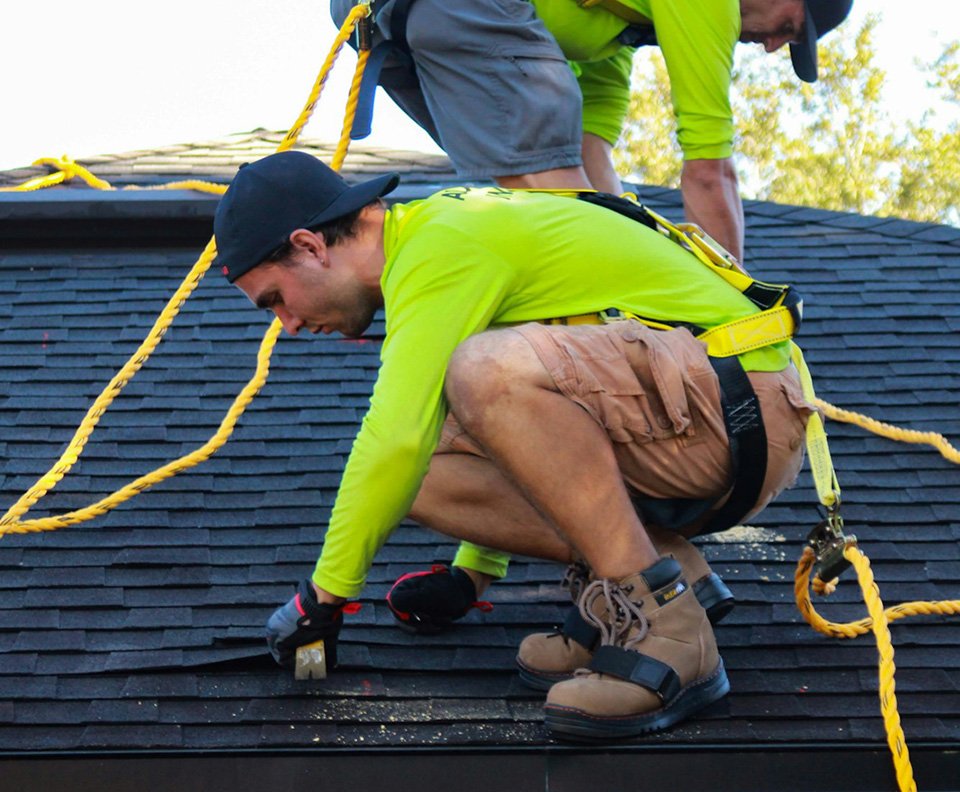No matter where you live, a fire can start where you least expect it. The National Fire Protection Agency estimates that United States fire departments responded to 355,440 house fires from 2015 to 2016. However, your chimney can also cause a house fire. Here’s what you need to know about chimney fires and protecting your Wisconsin home.
How Common are Chimney Fires?
Chimney fires sounds strange when you say it out loud. However, they are more common than you think. According to statistics from the Chimney Safety Institute of America, there was an average of 22,300 chimney fires between 2012 and 2014. Knowing the signs can help save you and your home. The Chimney Safety Institute of America says that homeowners should look out for popping noises, dense smoke, and a “hot smell.”
Common Causes of Chimney Fires
Fires from chimneys are often the result of improper care and maintenance. Here are some of the common causes of these fires:
Creosote
The number one cause of chimney fires is creosote. Creosote is a black, tarry substance that occurs due to incomplete burning. When creosote builds up, it prevents fumes from fully exhausting and prevents chimneys from controlling a fire. Besides causing a fire, the incomplete burning causes the exhaustion of fumes that are harmful to humans, leading to a buildup of soot.
Soot
Soot is another by-product of incomplete burning that looks like black stains. This by-product occurs when homeowners burn untreated wood, plastics, or don’t completely burn wood. Soot is especially dangerous since it can exhaust carcinogenic gases. Breathing in carcinogens often leads to respiratory illness.
Improper Maintenance
Calling the chimney sweeper can help prevent fires. The job of chimney sweepers is to clean soot and make sure your chimney is functioning properly. Homeowners should have their chimney swept at least once a year.
Knowing is half the battle, and when it comes to these fires, knowing how to prevent them is everything.
Preventing Chimney Fires
There are a number of things you can do in order to prevent these fires and producing carcinogenic gases:
- Get an annual chimney inspection. Inspectors will be able to tell you if your chimney needs maintenance, or whether creosote has built up.
- Use a chimney liner. Also called a flue liner, this will help contain combustion.
- Build small fires with dry wood. Wet wood can attribute to creosote build up and bigger fires create more smoke.
Final Word on Chimney Fires
Performing maintenance, and knowing the signs of a chimney fire is essential for homeowners. If you recently had a chimney fire or you need maintenance done, Over the Top specializes in rebuilds and restoration of chimneys!


